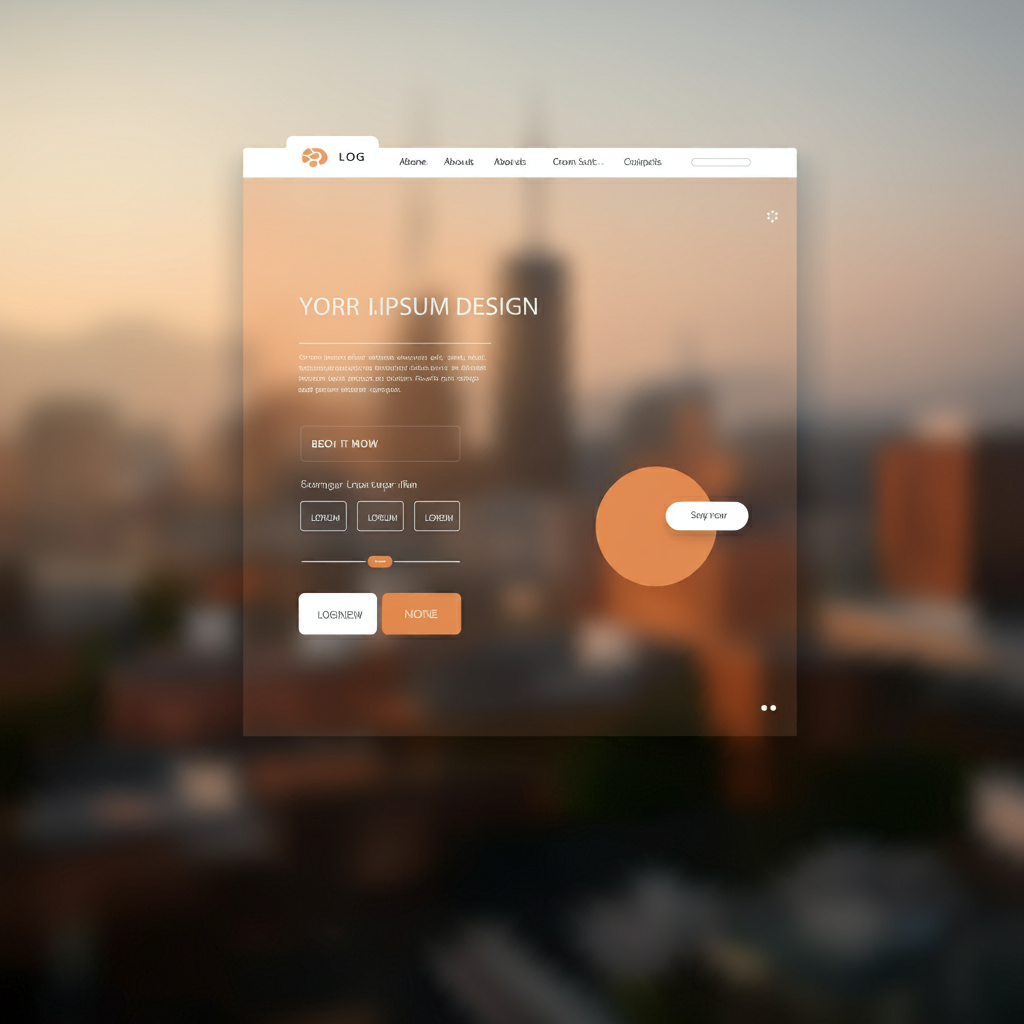In the rapidly evolving digital landscape of 2024, having a custom, responsive website is no longer just an option for businesses—it’s a necessity. As more consumers turn to online platforms for information, shopping, and engagement, companies that lack an optimized digital presence risk falling behind. A well-crafted, responsive website is the key to increasing user experience (UX), enhancing search engine optimization (SEO), and boosting conversion rates.
The Growing Importance of a Custom, Responsive Website in 2024
With over 58% of all web traffic now coming from mobile devices according to Statista, businesses must ensure their websites are responsive and optimized for all screen sizes. A custom-built website offers flexibility in design and functionality, helping businesses differentiate themselves from competitors while providing users with an intuitive browsing experience.
Why a Custom, Responsive Website is Essential for Business Growth
1. Enhanced User Experience (UX)
User experience is the cornerstone of any successful website. According to a report by Forbes, 88% of online consumers are less likely to return to a website after a poor experience Forbes. A custom website tailored to the needs of your target audience ensures that visitors are met with a visually appealing, easy-to-navigate design that works seamlessly on all devices.
A responsive website automatically adapts to different screen sizes, whether viewed on a mobile phone, tablet, or desktop, which is essential for retaining visitors and encouraging them to engage with your business.

2. Improved SEO Performance
Search engine optimization (SEO) plays a critical role in helping businesses get discovered online. Google’s mobile-first indexing ensures that responsive websites rank higher in search engine results, particularly for mobile searches Google Developers. When your website is custom-built, it allows for deeper SEO integration, including faster page load speeds, optimized metadata, and keyword-rich content.
This can significantly improve your organic search rankings, helping potential customers find your business online without relying solely on paid ads.
3. Increased Conversion Rates
An optimized website not only attracts visitors but also converts them into paying customers. According to HubSpot, a website designed with an intuitive user journey and mobile optimization can increase conversion rates HubSpot. A custom, responsive website ensures that visitors can easily access key information, navigate through different pages, and take action—whether it’s making a purchase, filling out a form, or contacting your team.
Higher conversion rates mean more leads, more customers, and ultimately, more revenue for your business.
4. Competitive Advantage in 2024
As more businesses invest in digital solutions, having a professionally designed, custom website sets you apart from competitors who may still be using outdated templates or non-mobile-friendly sites. A responsive website conveys professionalism and credibility, building trust with your audience and positioning your business as an industry leader.
A custom website also allows you to incorporate unique features that reflect your brand's identity and values, providing a consistent and engaging experience for users.
Steps to Building a Custom, Responsive Website for Your Business
Creating a custom website that’s responsive and optimized for performance is a strategic process. Here’s a step-by-step guide on how to achieve it:
- Step 1: Discovery and Planning
- Step 2: Custom Design and Development
- Step 3: Mobile Optimization and Responsive Design
- Step 4: SEO Integration and Performance Enhancements
- Step 5: Ongoing Support and Maintenance
Step-by-Step Breakdown

Step 1: Discovery and Planning
Before diving into design, it’s essential to define your business’s goals, target audience, and the specific functionalities your website needs. This discovery phase helps align the website’s structure and content with your business objectives.
A detailed plan ensures your website addresses user pain points, making it easier for visitors to navigate and engage with your content. Understanding competitor strategies and market trends will also inform decisions on website features and SEO requirements.
Step 2: Custom Design and Development
During this stage, your business’s branding, style, and tone are reflected in the website’s design. A custom website allows for flexibility, whether you need advanced functionalities like eCommerce, payment gateways, or interactive elements. Every aspect of the site is crafted to enhance the user experience and ensure brand consistency.
Developers will ensure that your website is built with clean code, making it fast, secure, and scalable for future growth.
Step 3: Mobile Optimization and Responsive Design
Given that over half of web traffic comes from mobile devices, mobile optimization is critical. Responsive design ensures that your website automatically adjusts to various screen sizes, providing a seamless browsing experience for all users. Google’s mobile-first indexing rewards mobile-friendly websites with better search rankings Google Developers.
Incorporating responsive design not only improves user experience but also boosts your site’s performance on search engines, leading to more organic traffic.
Step 4: SEO Integration and Performance Enhancements
SEO is at the heart of any custom website. From keyword optimization to page load speeds, your website should be designed with SEO in mind. According to Moz, faster load times contribute to better SEO performance Moz. Custom-built websites offer better opportunities to integrate structured data, on-page SEO, and enhanced security features.
This means better rankings on search engines, more traffic, and a higher return on investment (ROI) for your digital marketing efforts.

Step 5: Ongoing Support and Maintenance
A website requires continuous updates to stay functional, secure, and relevant. This includes routine content updates, security patches, and performance monitoring to ensure the website keeps up with evolving digital trends. Regular maintenance helps prevent issues like broken links or outdated plugins, ensuring that users always have a smooth experience.
Ongoing support also allows your business to add new features or expand its online presence as it grows.
Conclusion
In 2024, a custom, responsive website is essential for businesses that want to stay competitive, improve user experience, and increase conversions. With mobile traffic continuing to grow, businesses must prioritize mobile optimization, SEO integration, and performance enhancements to stay relevant in today’s digital world.
By following the steps outlined above—discovery and planning, custom design, mobile optimization, SEO integration, and ongoing support—you can create a website that not only attracts visitors but also converts them into loyal customers.
Key Takeaways
- User experience is crucial for retaining visitors and encouraging conversions.
- SEO optimization ensures your website ranks higher in search results, driving organic traffic.
- A custom website allows for brand consistency and flexibility in functionality.
- Mobile optimization is essential, given that most web traffic comes from mobile devices.
- Ongoing maintenance is required to keep your website secure and performing well.
Summary
A custom, responsive website is crucial for business growth in 2024. From enhancing user experience to improving SEO rankings, a well-built website ensures your business stands out in a competitive market. At Solutioncrafts LLC, we specialize in building custom websites that meet the unique needs of your business, driving traffic and conversions.
Contact us today to discuss how we can help you create a website that not only looks great but also performs at its best.


